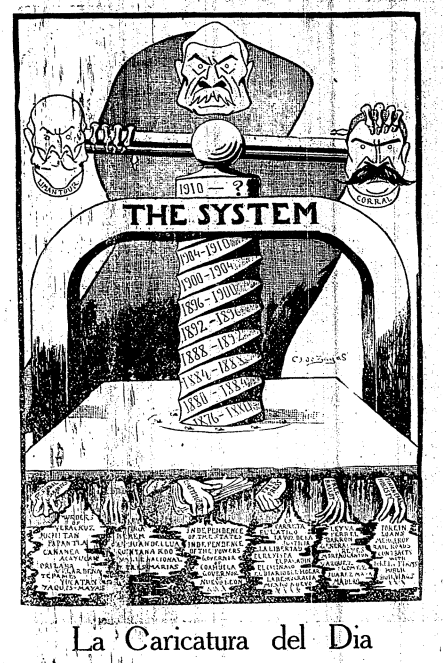The Language Movement of Bangladesh (1948-1971) encapsulated the essence of conflict between West and East Pakistan. Urdu is the state language of Pakistan, though many cannot speak or read it, especially in East Pakistan. Muhammad Ali Jinnah, the Governor-General of Pakistan, refused to acknowledge requests to allow Bengali to become a state recognized language. He believed that one language was key to a strong sense of nationalism and a strong state. Urdu represented a strong Muslim state.
Students from the University of Dhaka began protesting on February 21, 1952 after further government refusal of incorporating the Bengali language. While attempting to arrest students, police shot and killed several students at the protest, causing widespread civil unrest. Later a monument was built near the university to commemorate the martyrs of the Language Movement. The movement served as a catalyst for the development and protection of Bengali language and culture, which soon developed into a strong Bengali nationalist movement.

FURTHER READING
McDermott, Rachel Fell, Leonard A. Gordon, Ainslie T. Embree, Frances W. Pritchett, and Dennis Dalton, eds. “BANGLADESH: Independence and Controversies Over the Fruits of Freedom.” In Sources of Indian Traditions: Modern India, Pakistan, and Bangladesh, 3rd ed., 839–841. Columbia University Press, 2014.
Brass, Paul R. Routledge Handbook of South Asian Politics India, Pakistan, Bangladesh, Sri Lanka, and Nepal. Milton Park, Abingdon, Oxon: Routledge, 2009, 233-243.
Leave a Comment






